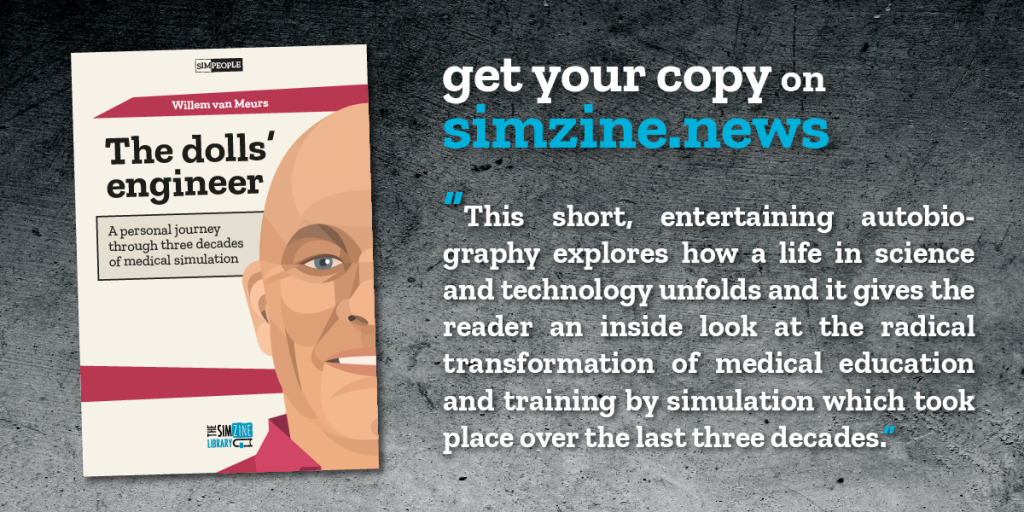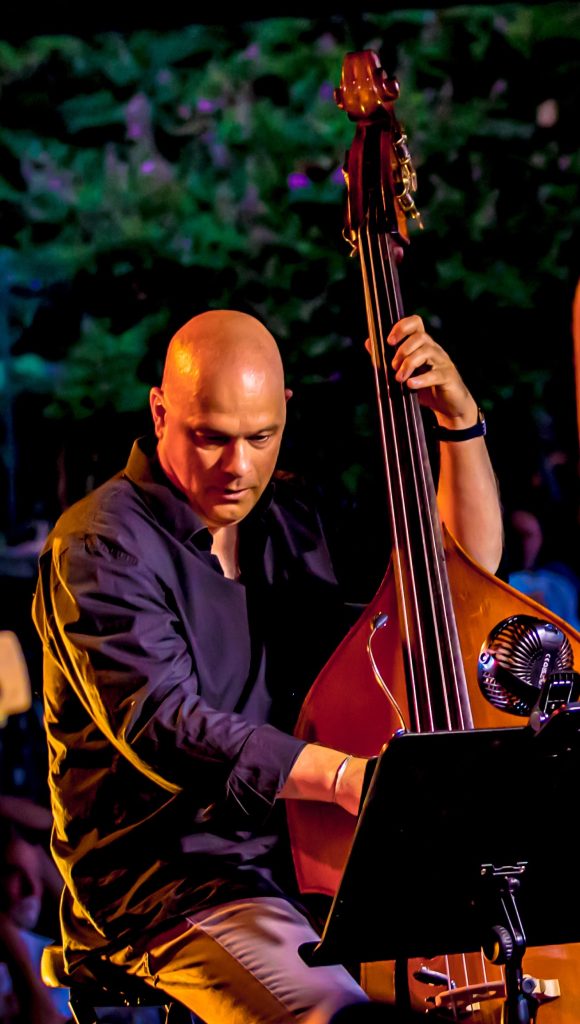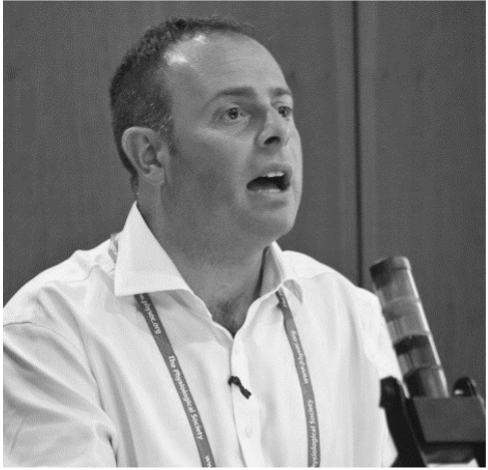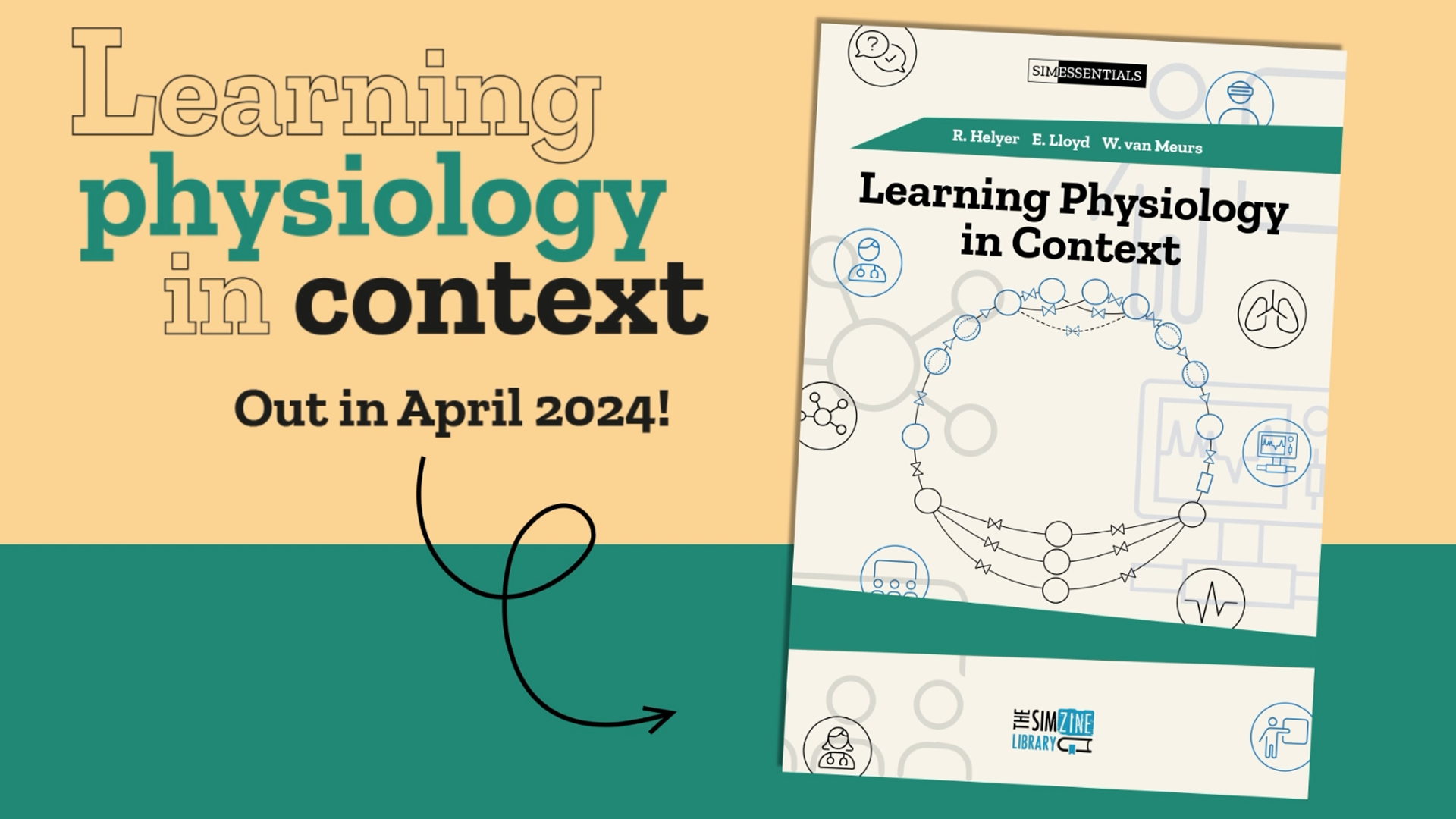In this exclusive interview we speak with the authors of “Learning Physiology in Context,” a revolutionary book that will reshape the teaching of medical physiology through simulation and which will be available on our shop in April 2024.
As the landscape of medical education evolves, the need for innovative teaching methods becomes paramount. This book, which is the second release of our SIMZINE Library, offers a unique perspective on the integration of simulation in physiology education, and it can now pre-ordered at a special price here.
Our conversation with the authors – a distinguished team comprising Richard Helyer, a physiology professor; Eugene Lloyd, an emergency medicine physician; and Willem van Meurs, an engineer and simulator inventor – unveils the intricate process behind the book’s creation and its profound impact on modern medical teaching. They explore the challenges in conveying complex physiological concepts to large groups of students and how simulation can bridge these gaps, providing a more interactive and comprehensive learning experience.
Join us as we uncover the inspirations, challenges, and successes behind “Learning Physiology in Context” offering an enlightening glimpse into the future of medical education. This book promises to be a highly informative journey for educators and anyone passionate about the ever-evolving field of healthcare simulation.
- What is the role of physiology in modern medical education? And why a book about Learning Physiology?
Richard Helyer: A knowledge of physiology underpins an understanding of body function in both health and disease. In modern medical education, and medicine, there is a move towards case-base learning in assessment and procedural lists in patient care. But how best to show these cases with hundreds of learners? And what if the patient falls outside of certain criteria, and who creates these criteria? Here a depth of knowledge of physiology is essential. In this way modern medicine differs little from earlier implementations where maybe the information was all in the doctor’s head – the physiology is still required. Simulation can solve these problems, and yet we have only scratched the surface of using simulation in teaching physiology.
Eugene Lloyd: Physiology is one of the fundamental (basic) sciences that underpins the practice of medicine. It explains the link between pathology and clinical symptoms and signs (pathophysiology). Its principles are fundamental to all branches of medicine. It requires understanding rather than rote-learning if students are to understand physiology in action. This book explains the approaches we have developed to help undergraduate learners on their journey to understanding physiology.
- Can you describe the book in a few words for people who are just learning about it?
RH: This book describes how you can use simulation to teach systems, or whole-body, physiology It is difficult now to teach whole-body physiology – issues around constraints with human (student) volunteers, ethics, and the large number of students we now deal with. Simulation can overcome these issues. This book explains how this has been done, with both the theory and concrete examples.

- Can simulation be used for learning and teaching physiology? And how?
RH: Simulation lends itself excellently to learning physiology. How else can we now demonstrate whole-body effects of a challenge to the body or disease to a class of over one hundred learners all at once with limited time, space, and faculty – the reality under which most of us operate? Showing whole-body signs from the simulator and manikin, whether physical or virtual, leads to discussions of physiological mechanisms all the way from organ to cell membrane. Not only this, but simulation also shows the integrated effects of the different systems. This can be hard to achieve, and there are few models that do so well. These models can already be inside the simulator.
EL: Simulation can be used to help reduce and replace the use of animals in undergraduate physiology experiments. It can illustrate the link between pathology and physical signs and symptoms. It can be used to illustrate commonly encountered clinical scenarios as well as the rarer but need-to-know scenarios such as anaphylaxis and the Cushing response/reflex. The fidelity of the simulation can allow it to be delivered to multiple groups with or without biological variation. It familiarizes the students with clinical monitoring and the importance of examining trends in parameters. The simulator can also be used for student research projects to develop new scenarios such as the physiological response to ascent to altitude.

- How did the idea of a book explaining how to use simulation to learn and teach physiology come about?
RH: It came out of the blue. I have spent many years explaining how this can be done at meetings and scientific conferences, but never really had the momentum to write much about it – I do not enjoy scientific writing as much as I do teaching, nor did I find the literature particularly useful to what I do day to day with learners. A reinvigorated team at CAE Healthcare led by Simon Walls decided that physiology should remain dead-center in their simulator design. With knowledge of how we had applied this in Bristol, Simon took a flying visit to us and then to the father of the physiological model, Willem. And then banged our heads together!
EL: One of the pleasures of developing this approach to physiology education is the co-development with technicians, students, engineers, physiologists, pharmacologists, and clinicians. Blending these perspectives enriches the approach and the whole is greater than the sum of the parts. We feel that our story is worth telling and will be of interest to other physiology educators and this led to the idea for the book.
- Can you share an example of how simulation had a significant impact on a specific clinical case?
Willem van Meurs: My colleague at the University of Twente, simulator instructor Dr. Benno Lansdorp taught one of his students cardiopulmonary resuscitation (CPR) on an HPS. A week or so later, he suffered an unexplained cardiac arrest himself. His life was saved by the same student who, until then, had never done CPR on a real patient.

- Who is this book aimed at?
RH: When I started designing simulations for learners, I wished I had something that showed me what I should do with some practical help how to do it. And with some defined criteria and a language. This book is aimed at everyone involved in this process – both faculty (management and teachers) and technicians. And we hope to enthuse both existing and new adopters (hopefully more physiology professors) that they can teach with a greater depth, in other words the physiology. We also want to show how simulation can solve the numbers game we face – large students’ numbers with limited faculty.
EL: This book is aimed at everyone who can use simulation or would like to use simulation to illustrate the importance of physiological principles to later clinical practice. We firmly believe that a good understanding of physiological principles is a sound foundation for safer and effective clinical practice.
- How a physiology professor, an engineer and simulators’ inventor, and an emergency medicine physician came together to write a book?
RH: Myself (physiology senior lecturer) and Eugene have a long history of working together at the University of Bristol. We have always had complementary skills – Eugene a depth of knowledge of physiology as a basic science applied in clinical medicine, and me with knowledge of physiology but also importantly an interest in technology. We have been lucky, a pairing like this is perfect for designing simulation scenarios. We both also were always looking at ways to solve the problems of learner numbers. As described above we have known Willem for some time, but it was only the impetus of Simon Walls at CAE that put us all in one room with the goal of actually explaining these possibilities to the wider community. I would say it is the perfect team!

EL: One of the most rewarding aspects of working in academia and industry is the collaboration of individuals with a passion and enthusiasm for education. This book is one of the fruits of that collaboration. We hope that it will help educators and learners all over the world for the benefit of patients.
- Tell us what you enjoy most about writing Learning Physiology in context?
RH: It has been a pleasure to write a text that is intended to be both precise and helpful to existing and new adopters, but not wrapped in jargon or the confined structure of research papers. Willem has been key to that end – making the book easy to read and helpful, but precise. We are fortunate in that we have found Willem and I to have highly complementary skills in writing. Finally, but most importantly, cementing acquantances into firm friendships!
EL: This book tells the story of our approach and experiences over recent decades. It is all about illustrating physiology in action for the benefit of learners and their future patients. It has been an iterative process with successes and some failures, both are without doubt useful learning experiences.
- Is there anything else you would like to say about the book?
RH: I hope that this book will help in adoption of simulation as a learning methodology outside of its usual home – the simulation centre. It has so much application to learning not just in medicine, but for the wider biomedical sciences.
EL: We hope to meet our readers at conferences and meetings for discussions about our book.
READ ALSO











































